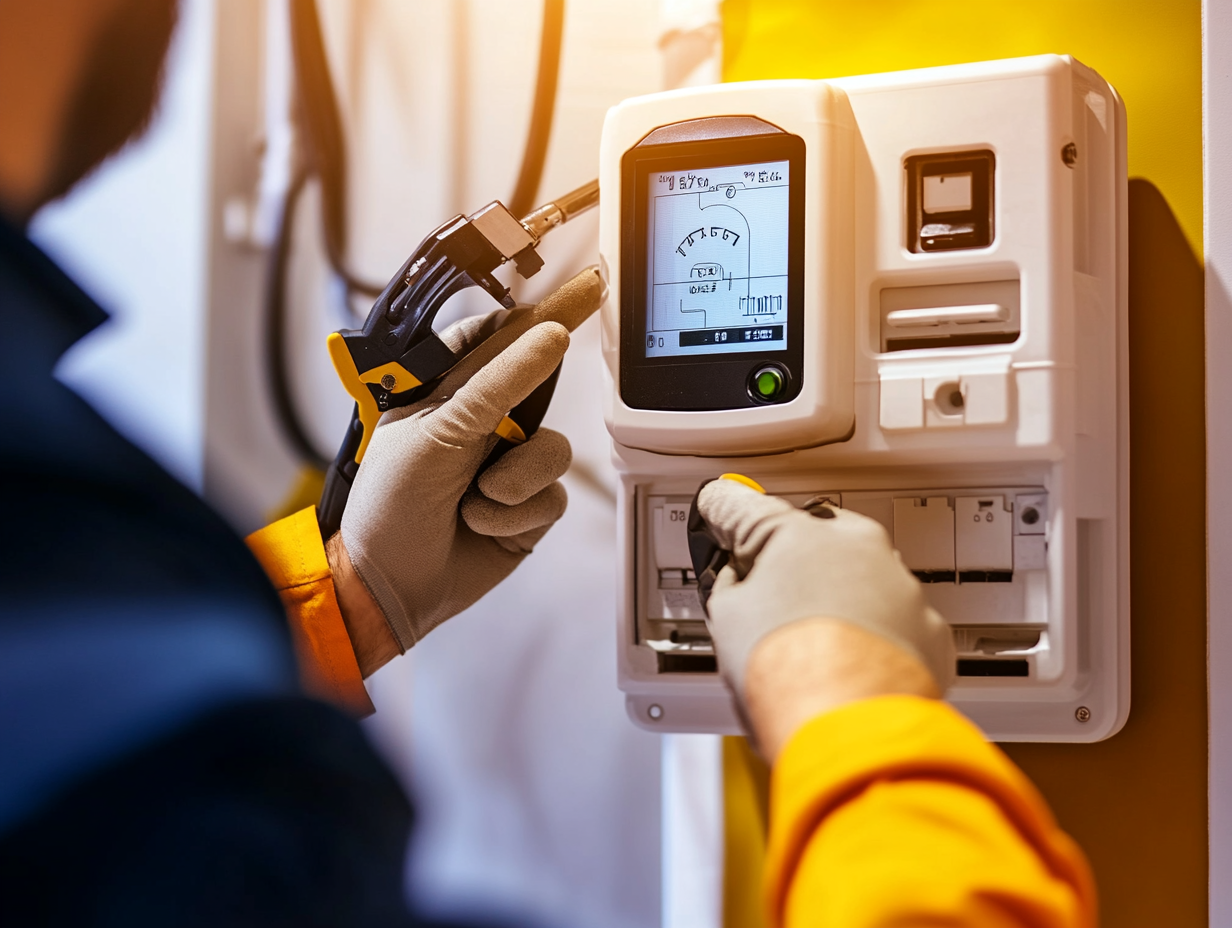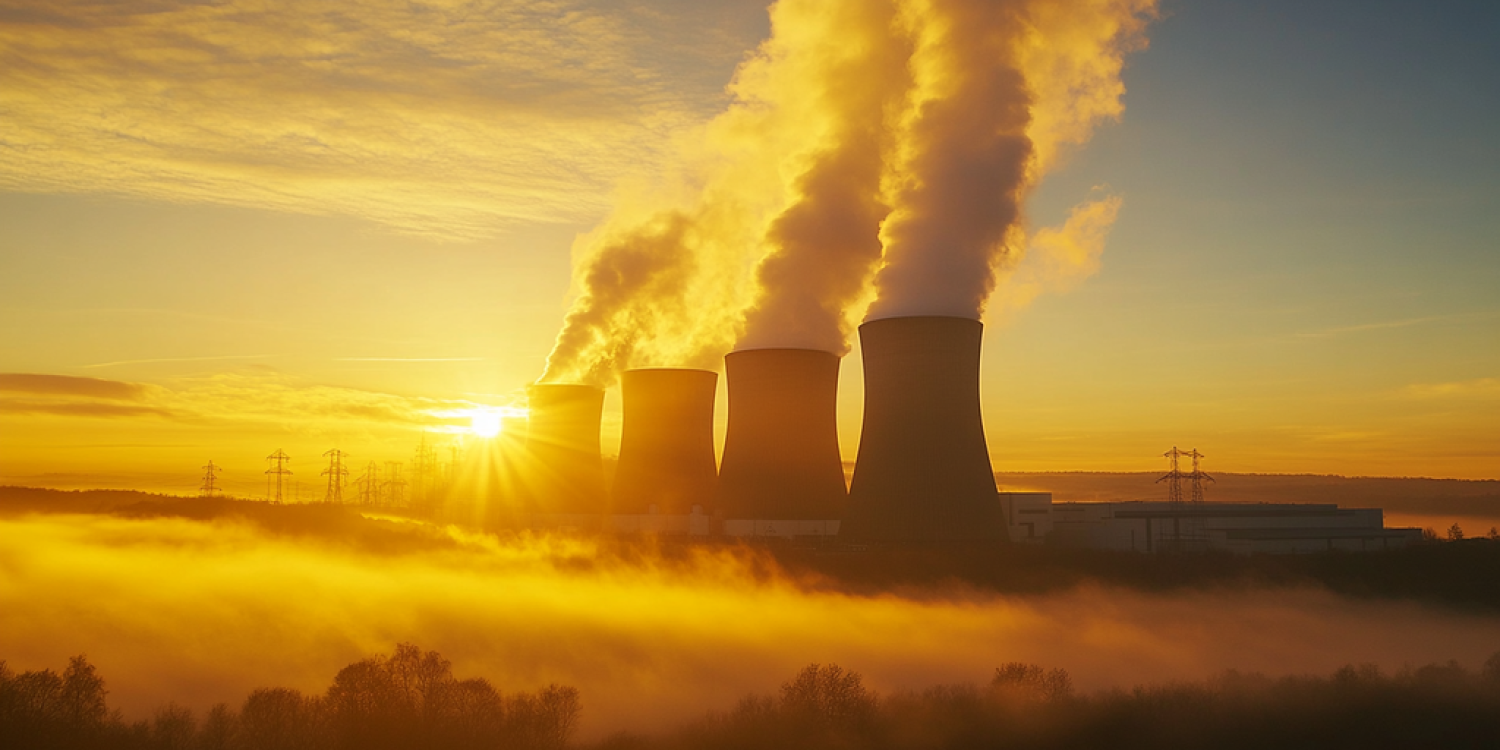
How Businesses Can Save on Energy Bills
Estimated reading time: 8 minutes
Key Takeaways
- Understanding the components of business energy bills is crucial for cost reduction.
- Identifying and uncovering hidden fees can lead to significant savings.
- Conducting regular energy usage audits helps in pinpointing inefficiencies.
- Implementing energy-efficient practices and technologies reduces overhead costs.
- Choosing the right energy contracts and comparing multiple quotes are essential strategies.
Table of contents
Understanding Energy Bills
To embark on the journey of reducing costs, it’s essential to first understand the components of energy bills. Business energy bills typically include:
- Supply Charges: The cost of the energy you consume.
- Distribution Fees: Charges related to delivering energy to your location.
- Taxes: Government-imposed costs that vary by region.
Hidden Fees in Business Energy Deals
Moreover, many businesses are unaware of various hidden fees in business energy deals that can inflate their bills. Some common fees include:
- Utility Service Charges: Fixed monthly fees for grid maintenance.
- Demand Charges: Costs that accrue based on your peak energy usage during billing periods.
- Regulatory Charges and Taxes: Additional costs required by government regulations.
- Minimum Usage Fees: Costs incurred if your energy consumption falls below a specified threshold.
Uncovering Hidden Charges
To uncover these hidden fees, calculate your total supply rate monthly. Divide your total supply costs by the total kilowatt-hours (kWh) or CCF (hundred cubic feet) consumed. Understanding these components will empower businesses to make informed decisions, leading to reducing overhead with energy efficiency. Non-Commodity Energy Charges Explained: A Comprehensive Guide for Business Leaders
Energy Usage Audits for Businesses
One of the most effective strategies in learning how businesses can save on energy bills is to conduct an energy usage audit for businesses. An energy audit is a structured evaluation that identifies inefficiencies and potential savings areas. Here’s a detailed step-by-step process for conducting one:
- Data Collection: Start by gathering historical invoices, service contracts, and energy consumption records to create a comprehensive view of your energy usage.
- Detailed Analysis: Review your bills for discrepancies, errors, and opportunities for efficiency improvements. Look for unusual spikes in usage or unexplained charges.
- Actionable Recommendations: After analysis, you will receive a report detailing recommendations for improvements based on your energy consumption patterns.
- Implementation and Monitoring: Implement the suggested changes and track your savings over time to evaluate the effectiveness of the audit.
Conducting regular energy audits can potentially lead to significant savings and remarkable improvements in sustainability efforts. Commercial Energy Audits: A Guide for UK Businesses
Reducing Overhead with Energy Efficiency
Once you have a clear understanding of your energy bills and have conducted an energy audit, the next step is to implement various energy-efficient practices and technologies. These upgrades can significantly lower energy expenses:
- Upgrade to LED Lighting: LED bulbs use up to 75% less energy than traditional incandescent bulbs, making them a smart choice for any business.
- Install Occupant Sensors and Timers: Automated systems can turn off lights when rooms are unoccupied, reducing wasted energy.
- Power Management Features on Computers: Utilize built-in settings to reduce energy consumption, especially during non-working hours.
- Seal Windows and Doors: Preventing air leaks can reduce heating and cooling costs significantly.
- Install Programmable Thermostats: This allows for better temperature control and can lead to significant savings on heating and cooling.
Long-term Benefits
Integrating these practices can lead to long-term cost savings while also fostering a positive brand image focused on sustainability. Cutting business utility costs through such initiatives not only improves the bottom line but also resonates with environmentally conscious consumers. Commercial Energy Efficiency Retrofits: The Key to Sustainability and Cost Savings
Flexible vs Fixed Energy Contracts
Another essential factor in how businesses can save on energy bills is choosing the right energy contract. Business owners often find themselves weighing between flexible vs fixed energy contracts. Let’s break down the differences:
- Fixed Contracts: Offer stable pricing over a set period, providing predictability. However, these contracts may come with a premium price.
- Flexible Contracts: Allow businesses to benefit from fluctuations in the market. While this can lead to savings when market prices are low, there is also the risk of exposure to volatility during price spikes.
Making the Right Choice
When selecting a contract, assess your business’s risk tolerance and consumption levels to choose the option that best fits your needs. Business Electricity Rates UK: A Comprehensive Guide
Comparing Multiple Energy Quotes
When seeking to cut costs, it is vital to implement a thorough process for comparing multiple energy quotes. Here’s a framework to help you navigate this process effectively:
- Look Beyond Pricing: While costs are important, consider factors such as customer service and contract terms.
- Identify Hidden Fees: Make sure to analyze each quote for any extra charges that may not be apparent at first glance.
- Sustainability Considerations: Evaluate energy sources and their potential environmental impacts.
Taking this approach will ensure that you select the best energy provider for your business’s specific needs. Choosing the Best Retail Energy Suppliers: A Guide for Shop Owners
Cutting Business Utility Costs
If your goal is to save on energy bills, here are some actionable tips and strategies for cutting business utility costs:
- Implement Cloud Computing: Transitioning to cloud services reduces the need for on-site servers, leading to lower energy consumption in your physical location.
- Upgrade to Energy-Efficient Equipment: Ditch outdated machinery for energy-efficient alternatives that consume less power.
- Enhance Insulation: Proper insulation can reduce reliance on heating and cooling systems, saving enough energy to impact bottom-line expenses.
- Automatic Doors in High-Traffic Areas: Installing these can minimize temperature fluctuations and reduce energy usage.
- Participate in Demand Response Programs: Engage with utility providers to the benefit of demand response incentives by moderating energy usage during peak periods.
Importance of Monitoring
Finally, it’s crucial to continuously monitor energy consumption. Keeping a close eye on energy bills and usage patterns will help in managing costs effectively. Consider employing energy management software or teaming up with an energy consultant for ongoing support. Energy Consumption Data Analytics: How Businesses Can Achieve Efficiency and Cost Savings
Conclusion
In summary, the strategies outlined above provide a roadmap for how businesses can save on energy bills. By understanding energy bills, conducting comprehensive energy audits, adopting efficient practices, and comparing contracts, organizations can unlock substantial savings.
Now is the time to take action! Begin your energy audits or consult with energy efficiency experts to implement these tips right away. By embracing these changes today, you can maximize energy savings for a more sustainable and profitable future.
Additional Resources
For those looking to deepen their understanding of energy efficiency, there are several resources available:
- Energy Efficiency Organizations: Look for local institutions focused on promoting sustainable practices.
- Software Tools: Consider using tools designed for tracking energy consumption and savings.
- Government Programs: Investigate any regional programs offering incentives for energy-efficient upgrades.
For further exploration of energy efficiency practices and programs, check out these links:
By investing time into energy efficiency now, businesses pave the way for significant savings and a decrease in their environmental footprint over time.
Frequently Asked Questions
1. What is an energy usage audit?
An energy usage audit is a systematic evaluation of a business’s energy consumption to identify inefficiencies and opportunities for cost savings.
2. How can LED lighting reduce energy costs?
LED bulbs use up to 75% less energy than traditional incandescent bulbs, leading to significant savings on energy bills.
3. What are the differences between flexible and fixed energy contracts?
Fixed contracts offer stable pricing over a set period, providing predictability, while flexible contracts allow businesses to benefit from market fluctuations but come with the risk of price volatility.
4. Why is it important to compare multiple energy quotes?
Comparing multiple energy quotes ensures that businesses select the best provider based on pricing, hidden fees, customer service, and sustainability considerations.
5. How often should businesses conduct energy audits?
Businesses should conduct energy audits regularly, such as annually or bi-annually, to continually identify and implement energy-saving opportunities.












